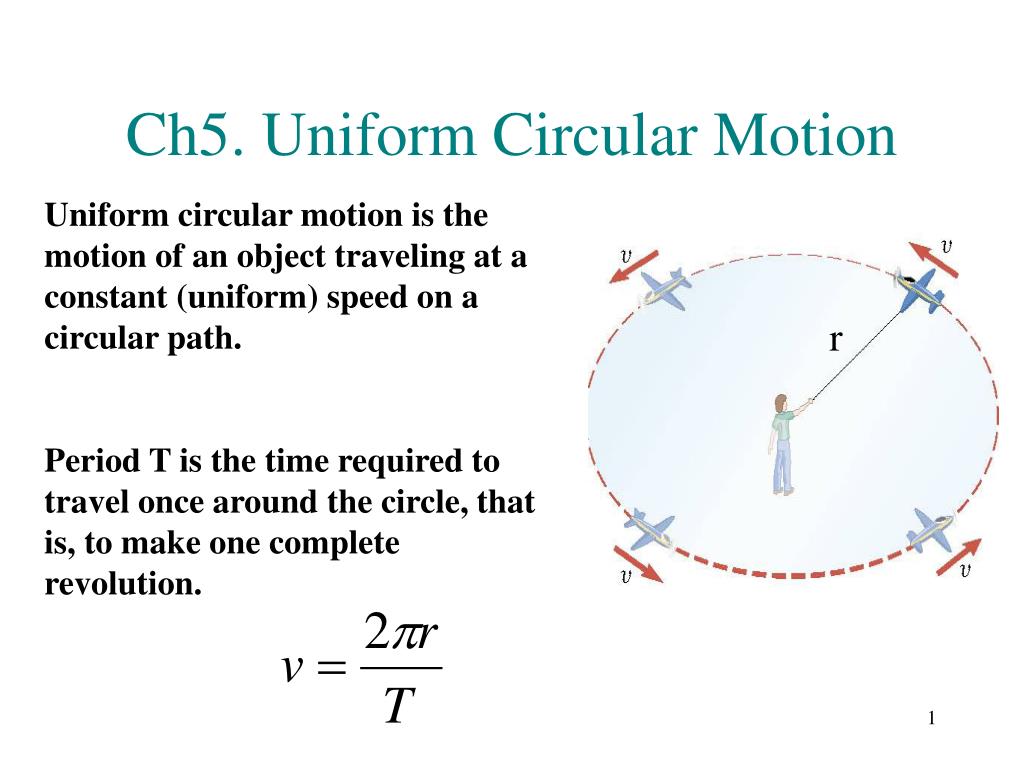1. A golf ball rolls up a hill toward a miniature-golf hole. Assign the direction toward the hole as being positive.
- a. If the ball starts with a speed of 4.0 m/s and slows at a constant rate of -0.50 m/s 2 , what is its velocity after 3.0 s?
- b. If the constant acceleration continues for 10.0 s, what will be its velocity then?
- c. Describe the motion of the golf ball during the six seconds.
2. A bus, traveling at 35.0 km/h, speeds up at a constant rate of 3.5 m/s 2 . What velocity does it reach 7.0 s later?
3. If a car accelerates from rest at a constant 5.5 m/s 2 , how long will it need to reach a velocity of 42 m/s?
4. A car slows from 22 m/s to 3.0 m/s at a constant rate of 3.5 m/s 2 . How many seconds are required before the car is traveling at 3.0 m/s?
5. A race car traveling at 44 m/s slows at a constant rate to a velocity of 22 m/s over 11 s. How far does it move during this time?
6. A car accelerates at a constant rate from 12 m/s to 27 m/s while it travels 125 m. How long does it take to achieve this speed?
7. A bike rider accelerates constantly to a velocity of 9.5 m/s during 3.5 s. The bike’s displacement during the acceleration was 22 m. What was the initial velocity of the bike?
8. An airplane starts from rest and accelerates at a constant 4.50 m/s 2 for 35.0 s before leaving the ground.
- a. How far did it move?
- b. How fast was it going when it took off?
9. A brick is dropped from a high scaffold.
- a. What is its velocity after 4.5 s?
- b. How far does the brick fall during this time?
10. A tennis ball is thrown straight up with an initial speed of 20.5 m/s. It is caught at the same distance above ground as it was thrown.
- a. How high does the ball rise?
- b. How long does it take for the ball to reach its maximum height?
